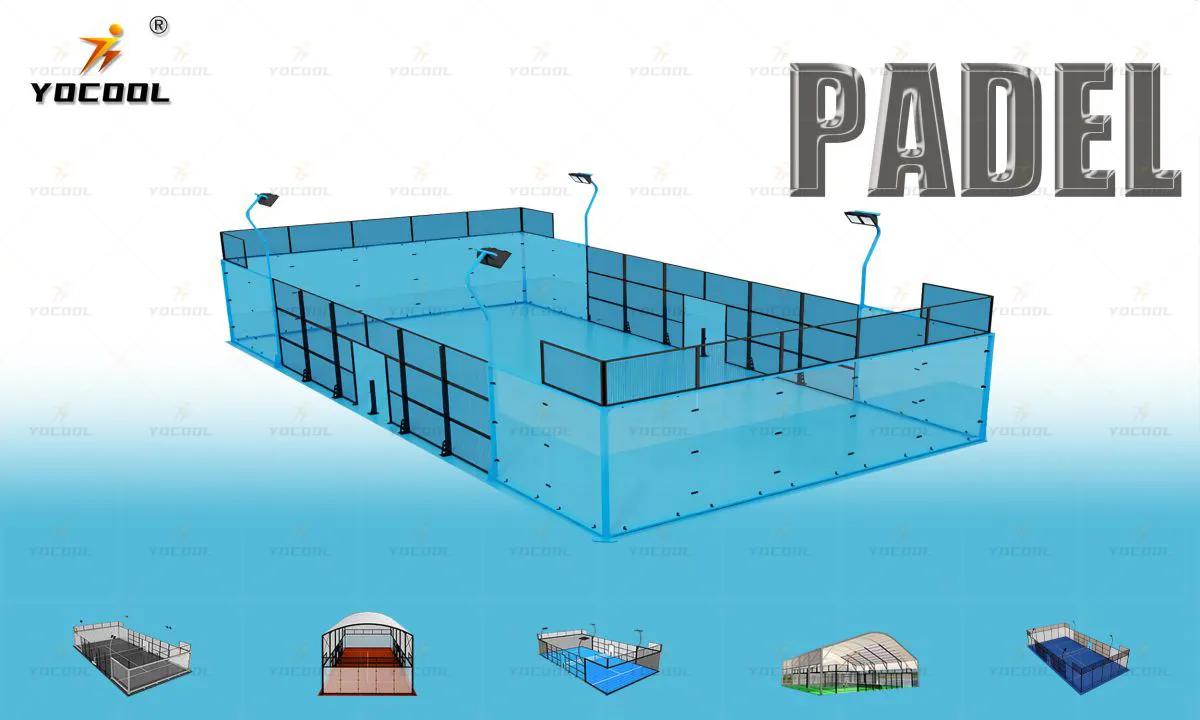

Tennis and Padel An Exclusive Overview of Two Exciting Racquet Sports
In recent years, tennis and padel have surged in popularity across the globe, captivating players of all ages and skill levels. While both sports involve racquets and a ball, they offer unique experiences and challenges that attract different types of athletes. This article explores the nuances of tennis and padel, highlighting their differences, similarities, and the growing interest in both sports.
The Basics Understanding Both Sports
At first glance, tennis and padel may appear similar due to their shared elements of racquets and courts, but the differences begin right from the playing surface. Tennis is traditionally played on larger rectangular courts—either grass, clay, or hard surfaces—measuring 78 feet long and 36 feet wide for doubles. The game’s objective is straightforward players must hit the ball over the net and into the opponent's court, scoring points when they fail to return it.
Padel, on the other hand, is played on a smaller, enclosed court that measures approximately 65 feet long and 33 feet wide. The unique feature of padel is its use of walls, which players can utilize to rebound the ball, creating exciting angles and strategies. Padel originated in Mexico in the 1960s and has rapidly gained traction in Europe and beyond, evolving into a competitive sport with a distinctive style.
The Playing Style Different Approaches
The playing style in tennis emphasizes powerful serves, long rallies, and strategic positioning. Players rely heavily on their physical endurance and strength, executing precise shots from various positions on the court. Tennis players must develop a versatile array of techniques, such as topspin, slice, and volleys, to navigate the challenges posed by their opponents.
In contrast, padel encourages a more tactical approach. The emphasis is on placement over power, with players focusing on creating angles and utilizing the walls effectively. Padel matches often lead to quick exchanges, requiring players to think strategically and react swiftly. The smaller court also means that players are often positioned closer together, fostering a more social and interactive environment, enhancing the game's enjoyment.
The Social Aspect

One of the standout features of padel is its social nature. The game is typically played in doubles, encouraging camaraderie and teamwork. Matches often foster a friendly atmosphere, which is appealing to recreational players who enjoy the social elements of sport. Padel clubs frequently organize social events and tournaments, making it an ideal option for those looking to make new friends while staying active.
Tennis, while also commonly played in doubles, can sometimes feel less inclusive due to its more competitive atmosphere, especially at higher levels. However, recreational tennis players enjoy similar social dynamics, with local leagues and community events providing opportunities for social interaction.
Training and Accessibility
Training for both sports varies. Tennis often requires access to large courts and can necessitate advanced skills to join competitive leagues. Meanwhile, the compact nature of padel courts makes them more accessible, allowing for easier construction in urban areas and providing players with more options for finding a game.
Furthermore, padel’s relatively short learning curve attracts newcomers rapidly. Players can participate in matches after just a few lessons, making it a fantastic option for those who want to engage in a fun sport without extensive prior experience.
The Future of Tennis and Padel
Both tennis and padel are thriving, with significant investments in facilities and professional organizations. Padel, in particular, is witnessing explosive growth, with major tournaments taking place worldwide and an increasing number of professional players emerging. Tennis continues to enjoy a rich tradition and a global fanbase, but it is essential for the sport to adapt to the changing preferences of younger generations.
In conclusion, tennis and padel represent two distinct yet complementary paths within the realm of racquet sports. Whether you prefer the traditional elegance of tennis or the dynamic and social nature of padel, both provide excellent avenues for exercise, social engagement, and competition. With their growing popularity, these sports promise to leave an indelible mark on the sporting landscape for years to come. So grab a racquet, hit the court, and join in on the fun!
High-Performance Industrial Flooring Solutions China Paddle Tennis Court for Sale
High-Performance Industrial Flooring Solutions Durable & Cost-Effective
Homogeneous Transparent Floor – Durable & Stylish Rubber Floor Solutions
Premium Homogeneous Transparent Floor for Durable & Stylish Spaces Rubber Floor Solutions
Premium Sports Floor Solutions Durable PVC Sports Floor & Rubber Floor for Gyms
Durable Rubber Composite Floor Premium Rubber Floor & Mats Solutions